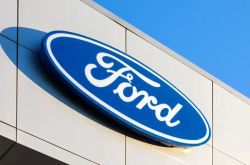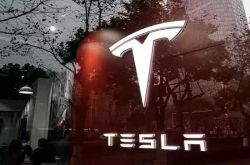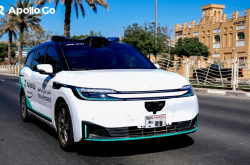"Teachers" Turn "Students": Joint Venture Brands Launch Comprehensive Rebuilding Strategy in Counterattack
![]() 05/09 2025
05/09 2025
![]() 470
470
At the 2025 Shanghai Auto Show, intelligent driving has ceded the spotlight to a more serious discussion of products, technologies, and strategies. The presence of fewer celebrity figures like Mr. Lei underscores this shift. For joint venture brands in the Chinese market, this auto show marks not only a return to fundamentals but also a pivotal "watershed battle."
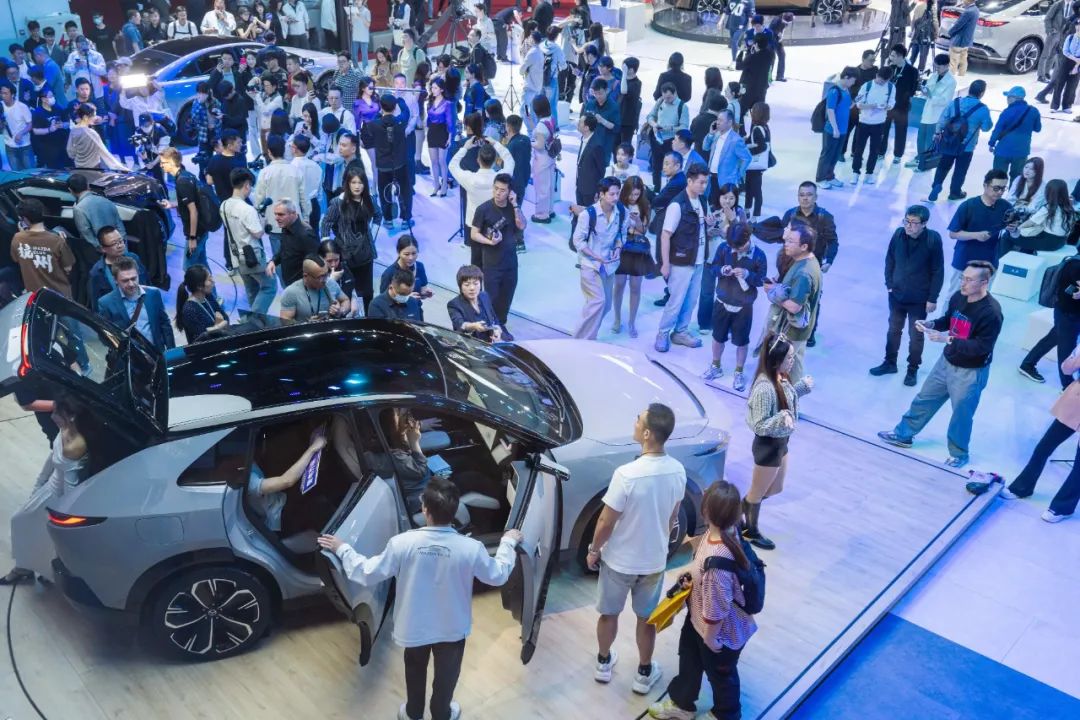
Amid the surge of independent brands in new energy and intelligent technologies, joint venture brands from Germany, the United States, Japan, and beyond are no longer content with being mere "technology importers." Instead, they are mounting a comprehensive counterattack with a more "Chinese-centric" approach. This transformation encompasses not just product-level innovation but also strategic repositioning, R&D system overhauls, and ecological collaborations.
From Technology Importation to Local Co-creation
Historically, joint venture brands dominated the market with their accumulated global technology from the fuel vehicle era. However, this model hit a wall in the electrification era. In 2024, their market share plummeted to 37.1%, with Japanese brands shrinking to just 11.2%. To reverse this decline, these brands have accelerated their strategic adjustments.
In terms of R&D localization, companies like Volkswagen, Toyota, and BMW have established independent R&D centers in China, empowering local teams to spearhead model development. For instance, Nissan plans to invest 10 billion yuan over the next three years to expand its China Technology Center, aiming for "China Speed."
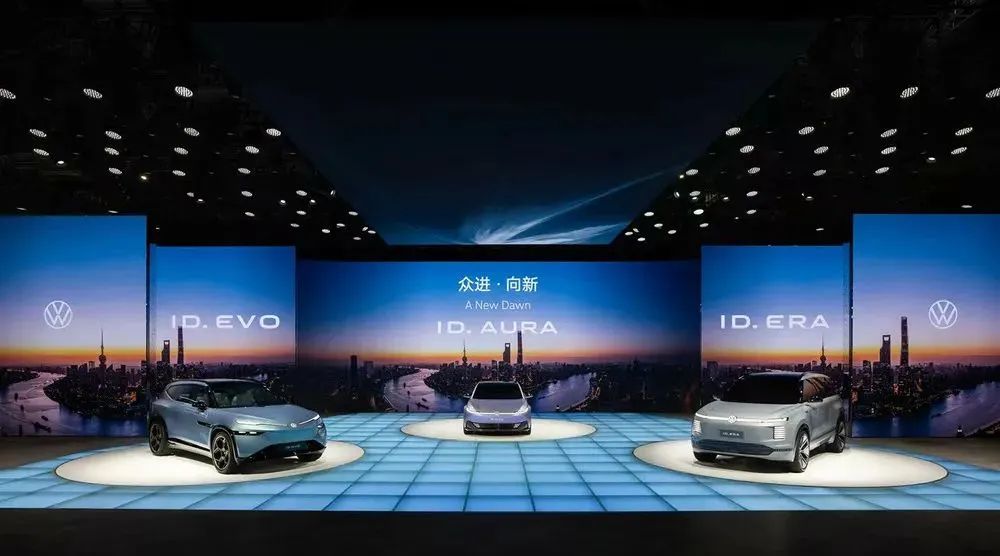
The supply chain has also deepened its ties, with German brands partnering with Horizon Robotics and XPeng on intelligent driving systems, Japanese brands integrating CATL batteries and Momenta's intelligent driving algorithms, and American General Motors' Buick relying on the locally developed CLEA architecture to restructure its product lineup.
Crucially, these joint venture brands now prioritize decentralizing decision-making power. At the auto show, they broke away from the traditional "foreign-led" model. For example, GAC Toyota shortened the development cycle of the Bozhi 7 by 40% and increased localization adaptation by 60%, positioning it as a direct competitor to the BYD Han. Volkswagen and XPeng collaborate on electrical and electronic architectures, while Audi and SAIC jointly develop intelligent digital platforms, cutting the model development cycle from 60 to 36 months.
Simultaneously, Volkswagen unveiled three China-exclusive concept cars: the ID.ERA (extended-range SUV), ID.AURA (pure electric sedan), and ID.EVO (full-size SUV), covering various powertrain routes and targeting mass production in 2026. Mercedes-Benz globally debuted the pure electric long-wheelbase CLA, equipped with its proprietary MB.OS architecture. BMW showcased its groundbreaking large cylindrical battery and AI intelligent cockpit, while the Audi A5L Sportback became the first fuel vehicle to integrate Huawei's Kunlun ADS 3.0, featuring dual lidar and urban pilot assistance.
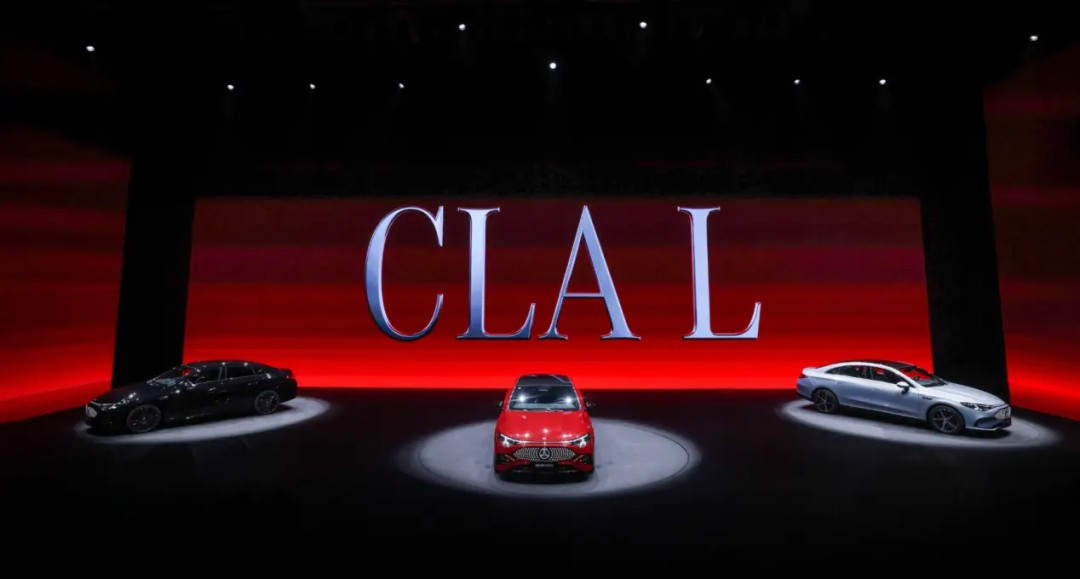
Buick launched the high-end new energy sub-brand "Zhijing" and introduced the GL8 Lushang plug-in hybrid MPV, boasting a combined range of 1,420 kilometers. Equipped with CATL's super-fast charging battery and Momenta's end-to-end intelligent driving solution, Buick plans to roll out six new energy models in the next 12 months.
All these efforts aim to keep pace with China's fast-evolving new energy market, which has long been a buyer's market. Facing competition from Xiaomi, Huawei, and numerous other newcomers, joint venture brands can no longer rely on their once-strong brand power. They must now focus on delivering better products at competitive prices, and local co-creation is the key to breaking the current stalemate.
No Gimmicks, Just Market Penetration
For decades, joint venture brands thrived in the Chinese market due to brand premium and technological barriers. However, the 62.9% market share of independent brands in the first quarter of 2025 signaled the end of this era, prompting joint venture brands to adopt more rational pricing strategies.
GAC Toyota's Bozhi 3X and Bozhi 7, equipped with HarmonyOS cabins and lidar, now retail for around 150,000 yuan, attracting over 22,000 orders in just two months.
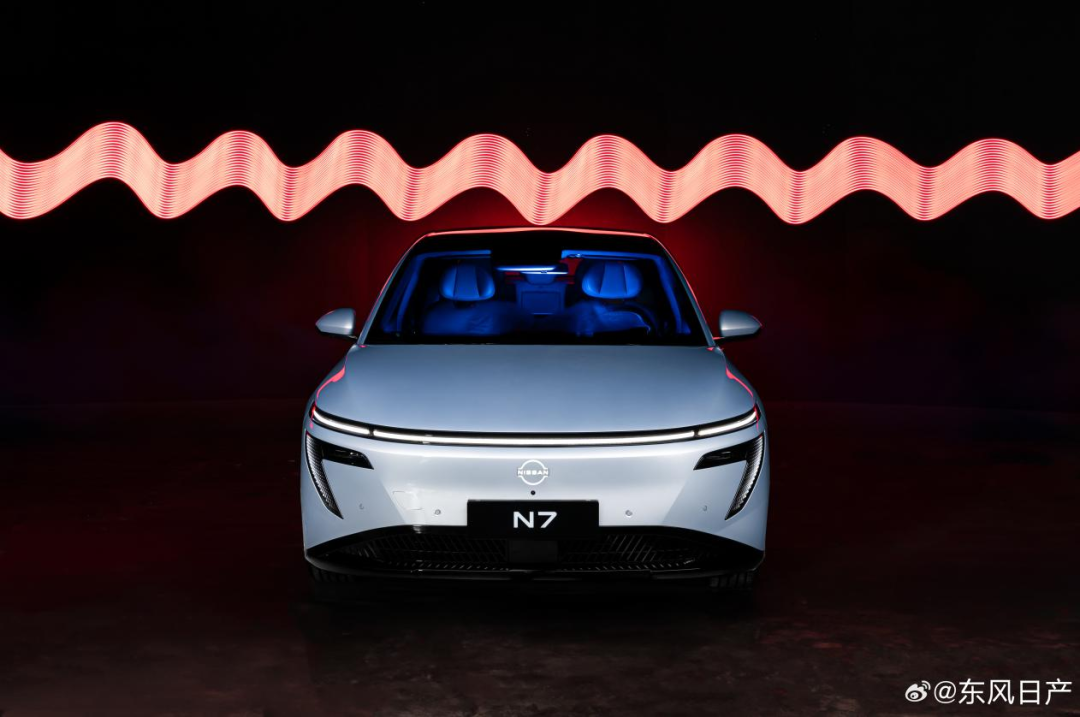
Dongfeng Nissan's N7 pure electric sedan, led by the local team and equipped with Momenta's end-to-end large model intelligent driving, starts at 119,900 yuan, resulting in over 10,000 orders on its launch day. Similarly, GAC Honda's P7, priced below 200,000 yuan, offers exceptional driving dynamics and materials, setting the right tone for joint venture brands.
The Ye GT mass production version focuses on Chinese design, adopts CATL batteries, and integrates the DeepSeek AI large model, providing a pure electric range of 620 kilometers and targeting the young family market.
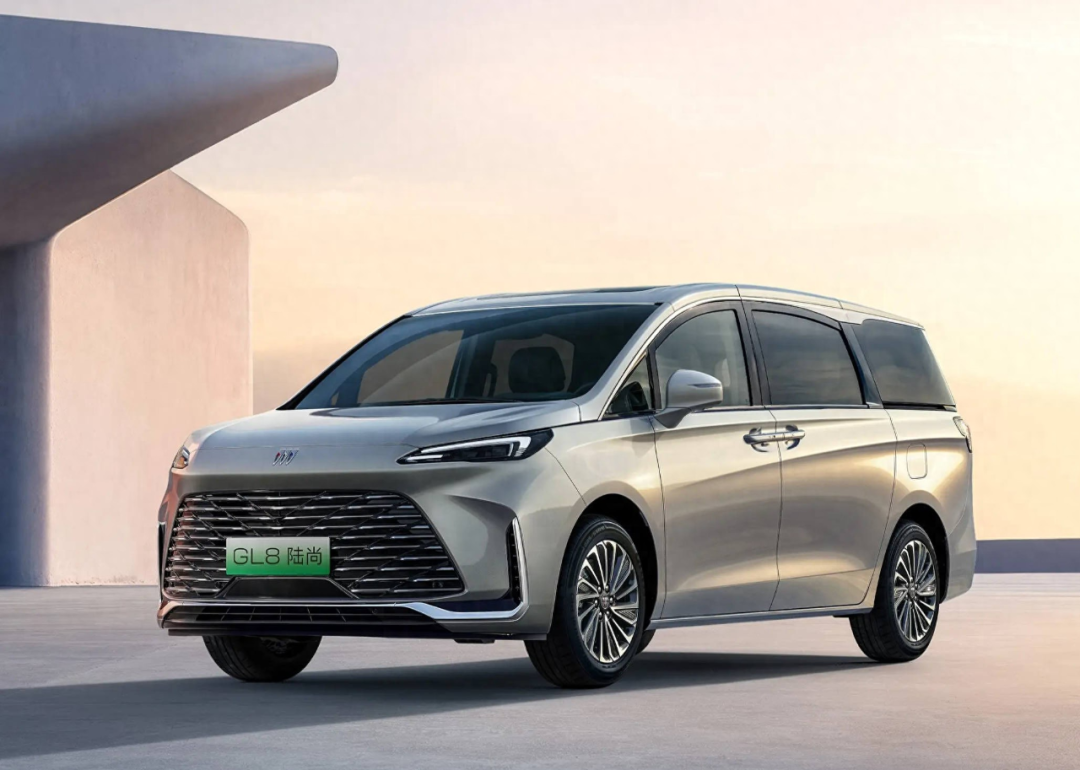
On May 6, SAIC GM's Buick brand announced that the GL8 Lushang had secured over 10,000 firm orders, equivalent to one Lushang entering a Chinese household every two minutes.
Priced between 249,900 and 349,900 yuan, the Buick GL8 Lushang aims to capture the household MPV market, undercutting the same-platform Luzun PHEV by over 100,000 yuan. Amidst competition from new energy vehicles like the Tengshi D9, Landwind Dreamer, and XPeng X9 in the 300,000 yuan range, the GL8 Lushang seeks to breakthrough as a flagship new energy MPV in the 200,000 yuan segment.
No Turning Back for Joint Venture Brands
While joint venture brands are accelerating their transformation, they face two core challenges. First, balancing technological iteration with user value. Independent brands have established a first-mover advantage in "software-defined vehicles," while joint venture brands must find the right equilibrium between global standards and Chinese user needs. For example, while the Volkswagen ID series leverages XPeng technology for intelligence, its brand premium has suffered.
Second, reconstructing brand value. Luxury brands like Audi and Mercedes-Benz still need to shed the "oil-to-electricity" label in the electrification space. Despite equipping the SAIC Audi E5 Sportback with an 800V high-voltage platform, the brand still grapples with questions of "insufficient brand feel."
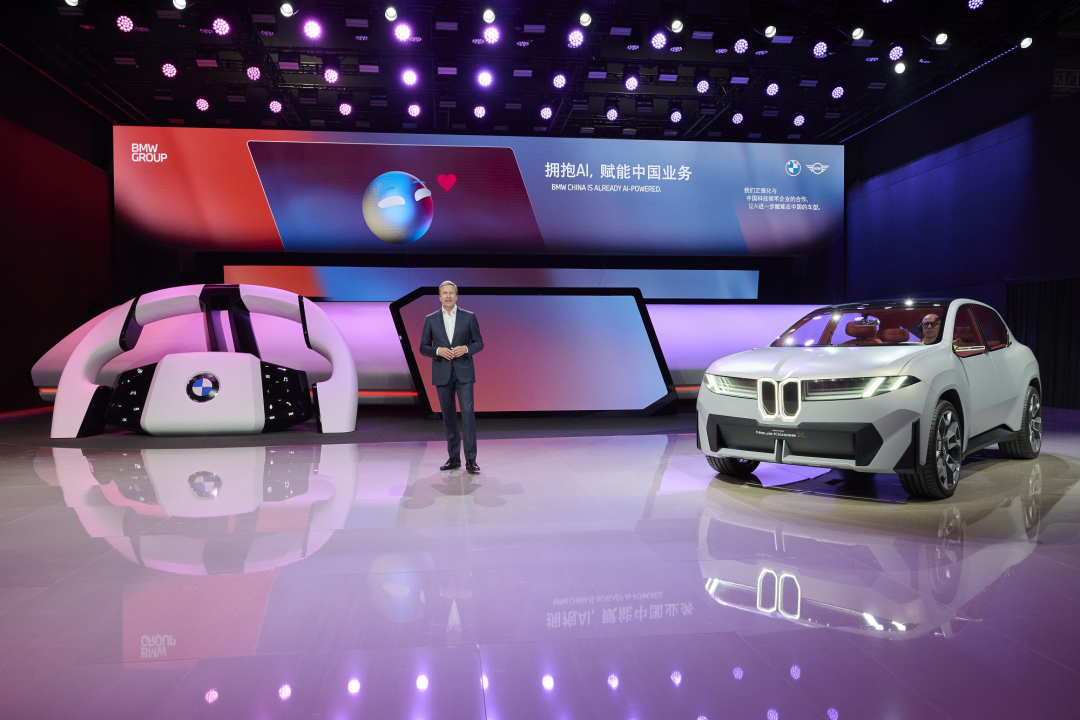
The future success of joint venture brands hinges on their ability to truly "integrate into the Chinese ecosystem." BMW Chairman Oliver Zipse's vision of "reconstructing the technological ecosystem in China" could become an industry benchmark—not merely importing technology but co-creating an intelligent ecosystem with local suppliers that resonates with Chinese users.
The 2025 Shanghai Auto Show marks a strategic shift for joint venture brands, transitioning from "defense" to "counterattack." This transformation underscores the inevitable shift from "teachers" to "students," deeply immersing themselves in China's industrial chain and user needs.
However, if localization is merely viewed as a "market strategy" rather than a "survival philosophy," joint venture brands may struggle to bridge the "cognitive gap" in the new energy sector. This year's Shanghai Auto Show underscores a consensus among major automakers: success in China paves the way for global success. This battle is not just for market share but for reshaping the order of the century-old automotive industry.

